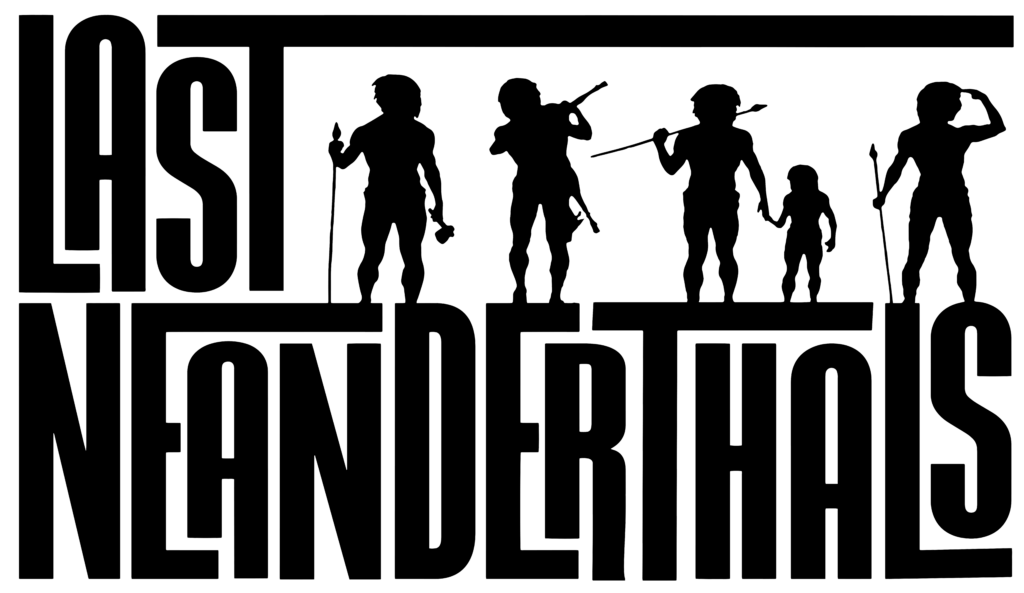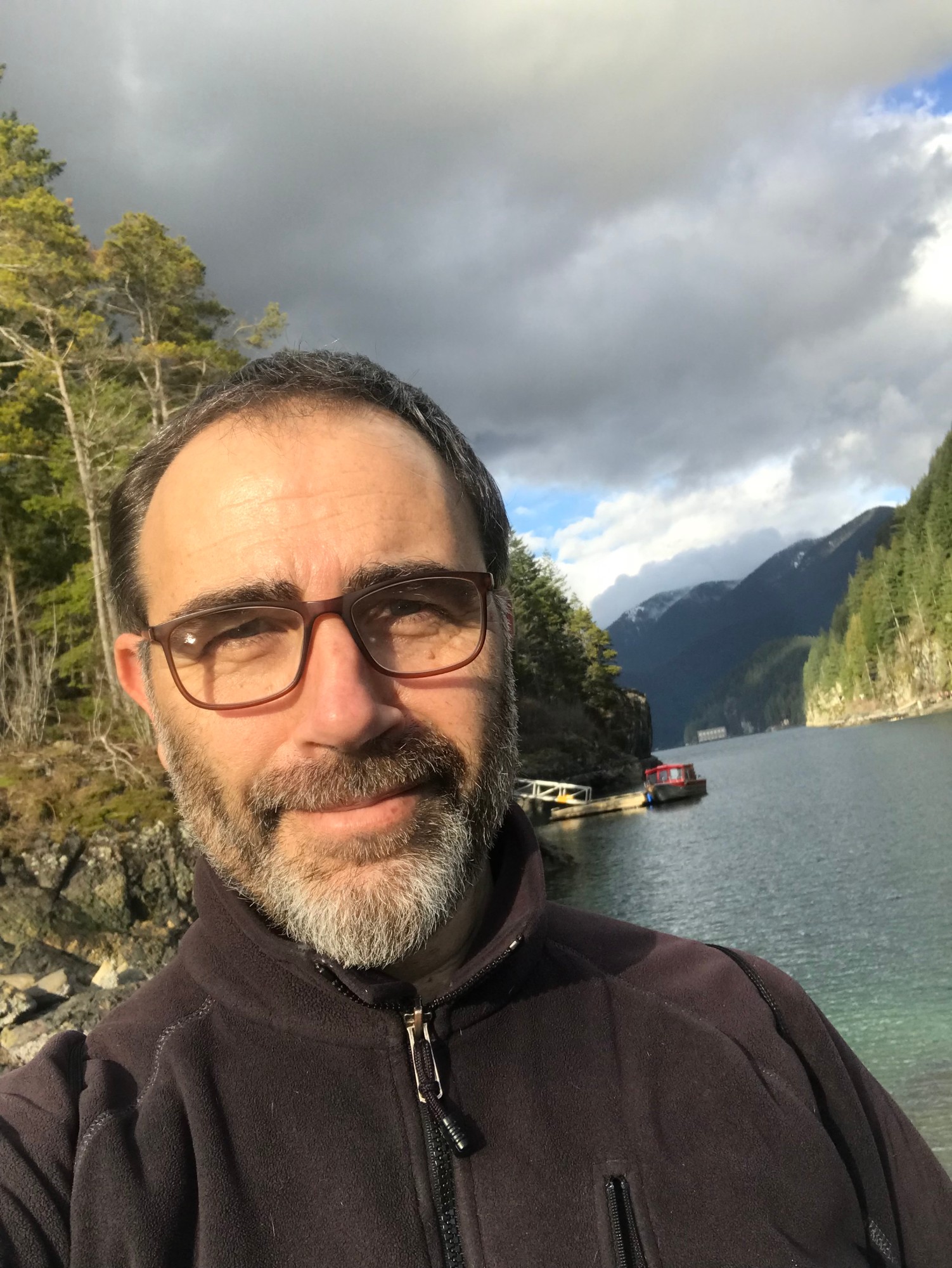Fieldwork and High-resolution Chrono-stratigraphy
Work Package 1
activities
The LAST NEANDERTHALS project will focus on generating a robust contextual framework by conducting excavations and surveys at 30 key archaeological sites dated between 60,000 and 40,000 years ago across Eastern/Southeastern Europe and Western/Central Asia.
The aim is to collect new archaeological, bio-genetic, and environmental datasets through both new fieldwork and resampling of already exposed profiles. High-resolution dating campaigns will employ methods including radiocarbon dating (C14), optically stimulated luminescence (OSL), thermoluminescence (TL), and cryptotephra analysis. In addition, the project will undertake speleothem sampling, paleolake coring, and geomagnetic studies in collaboration with international partners.
The principal investigators directly coordinate field activities through a network of regional collaborators across Albania, Azerbaijan, Croatia, Czech Republic, Hungary, Israel, Italy, Iran, Kurdistan, Montenegro, Romania, Turkey, Ukraine, and Uzbekistan.



